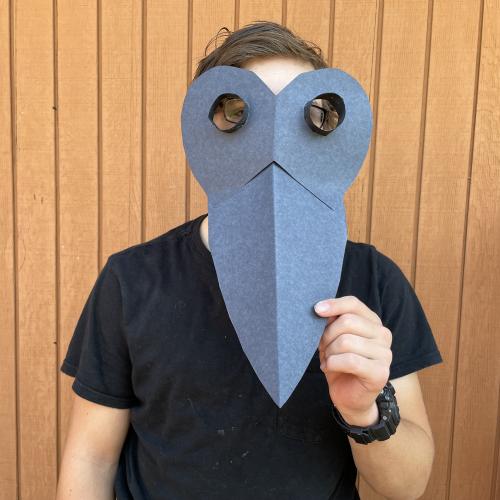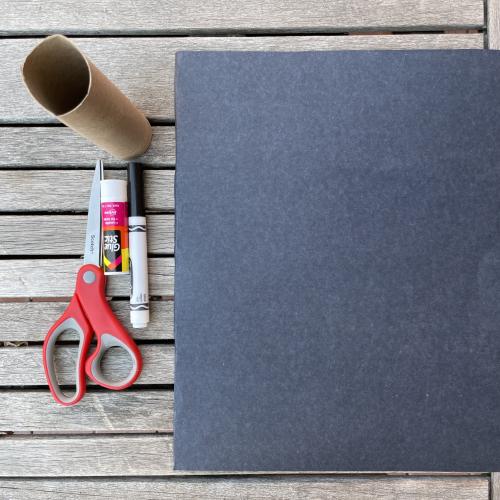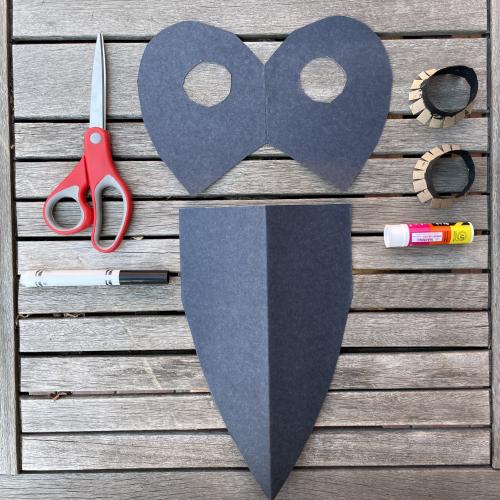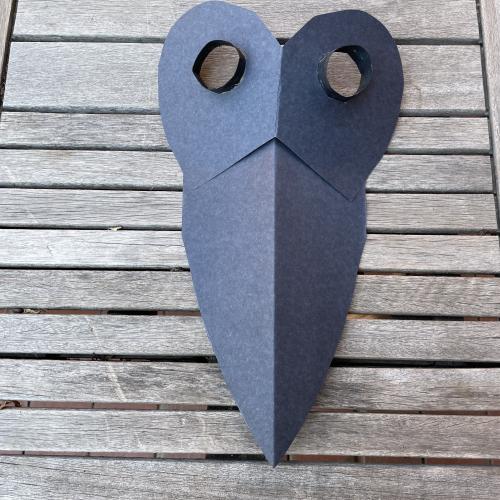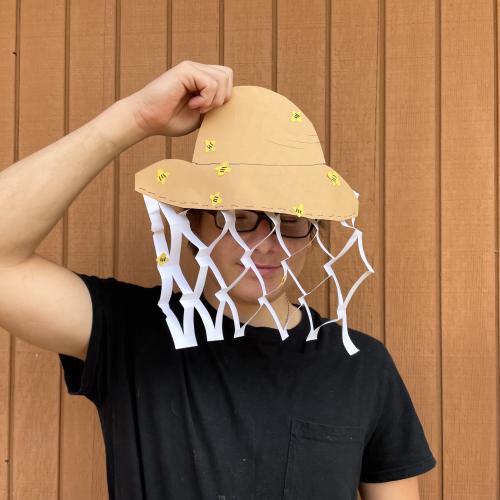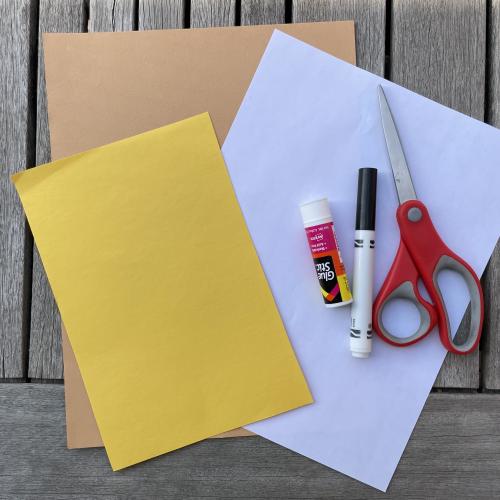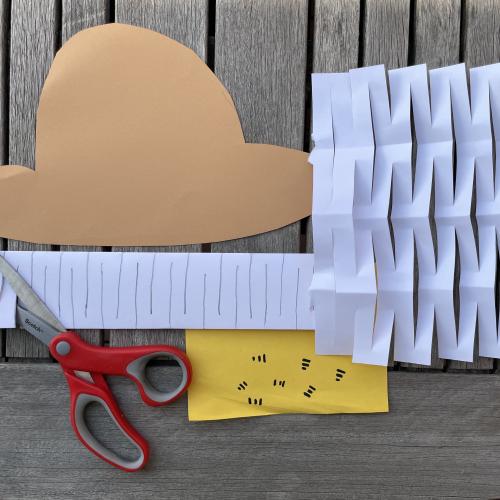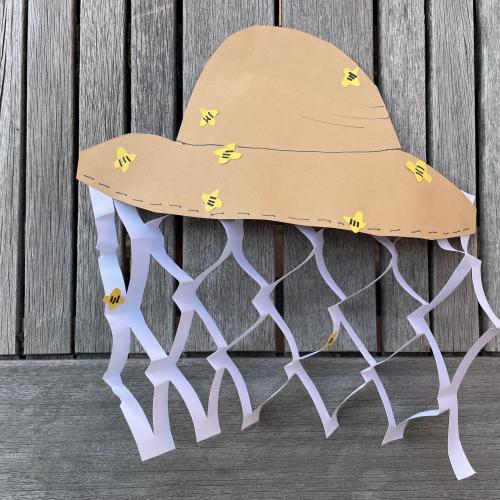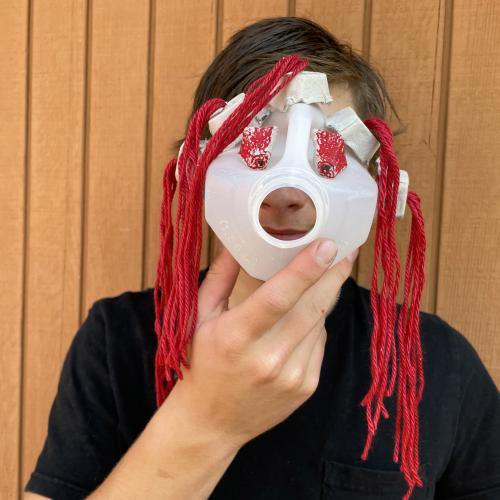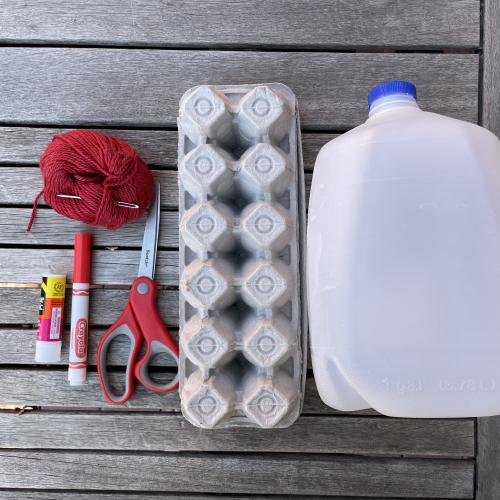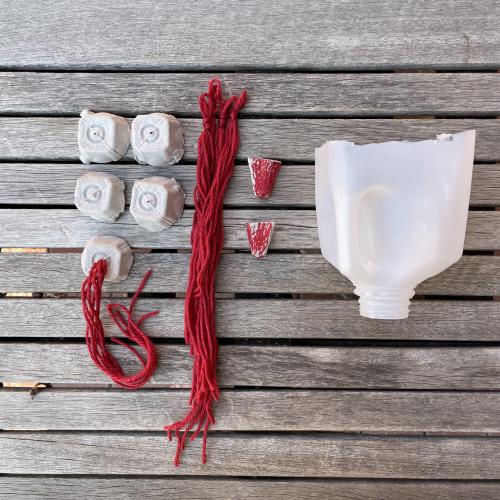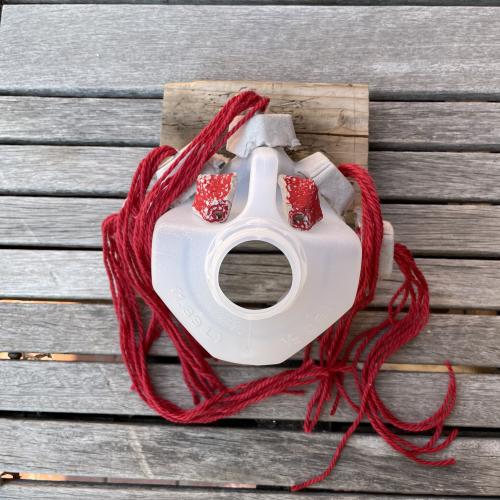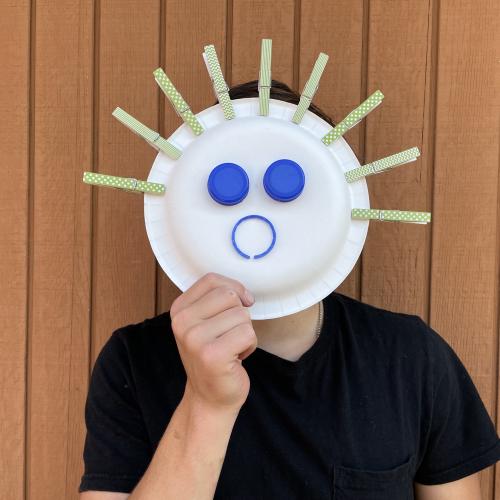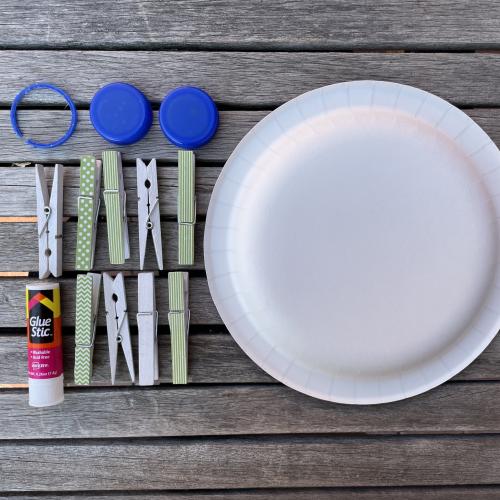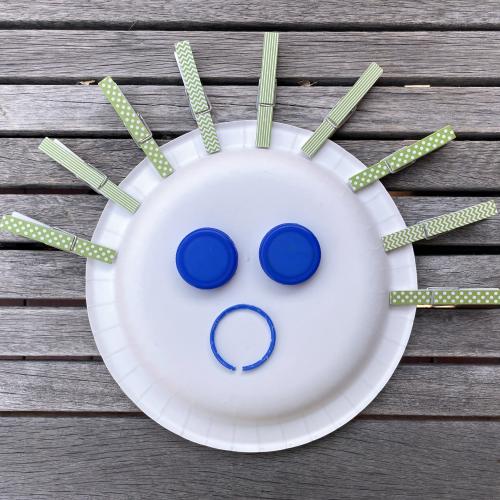Third Saturday: Mask Making
As inspiration for making our own masks, let’s look at art depicting masks that are both decorative and functional. You can use any household supplies or recycled materials to make a beautiful, scary, or bizarre mask. You’re only limited by your creativity!
There are many ways to focus on a work of art—for this conversation, we will look specifically at how American artists from the UMFA’s collection depict all kinds of masks.
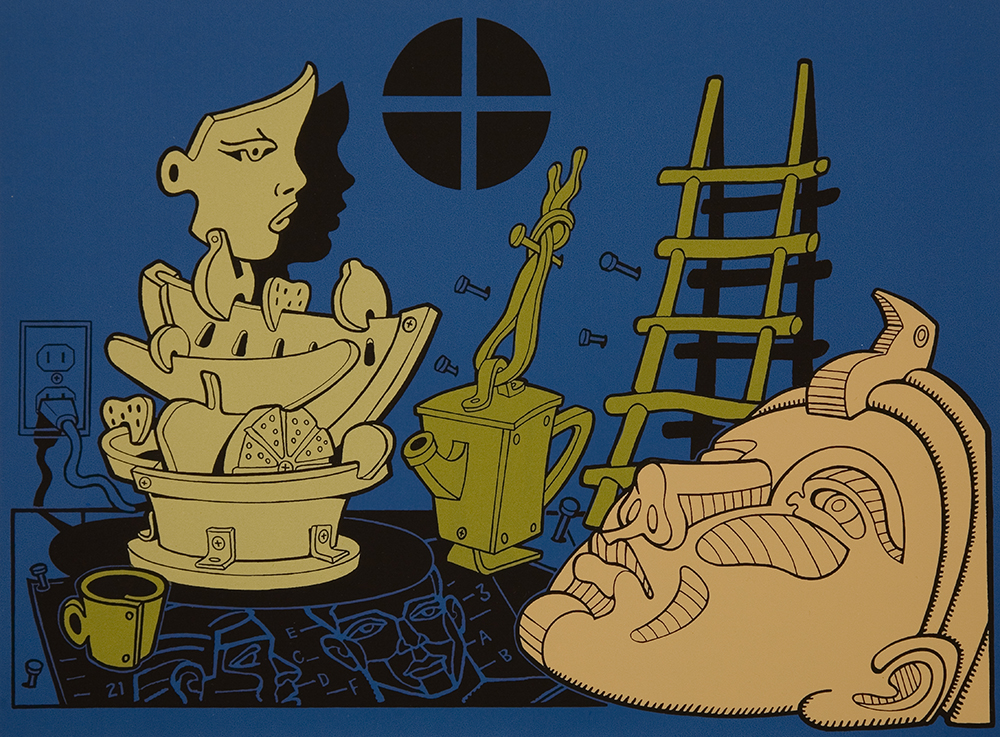
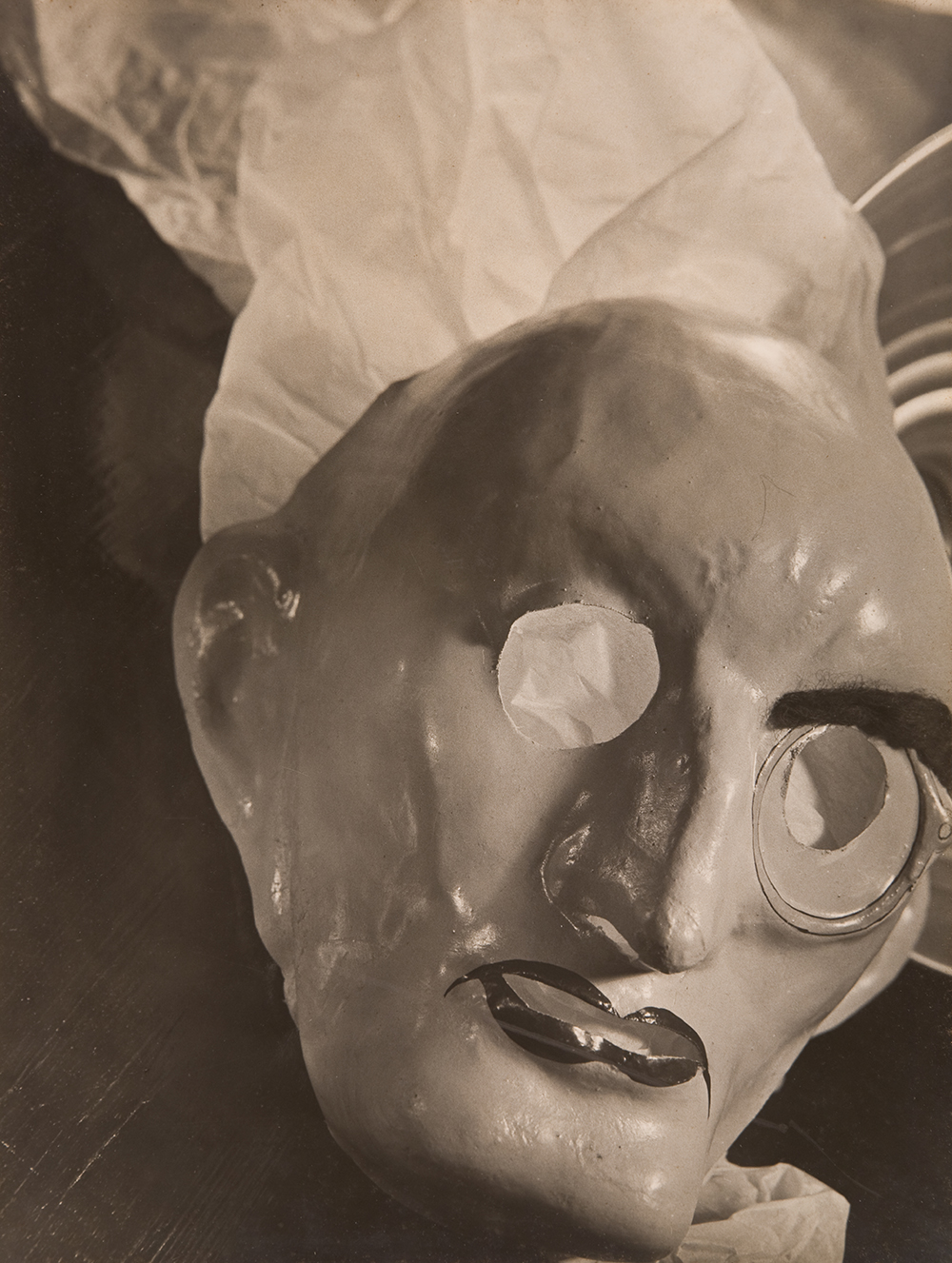
Cultures all over the world create and use masks. Masks are used to disguise, protect, entertain, or transform the wearer. Artists also depict masks in their art for many reasons. These two artworks show masks that look like people. Look closely at the masks. What clues can you see that let you know the personality of the person shown in the mask? Why do you think the artists wanted to have these masks in their artwork?
Why would you want to wear a mask to make you look like another person? If you made a mask to look like a person, what person would you make? Why? Think about things you can include to give your mask personality. Will it have glasses? A moustache? Maybe a hat! All these details can help transform your mask–and you–when you wear it!
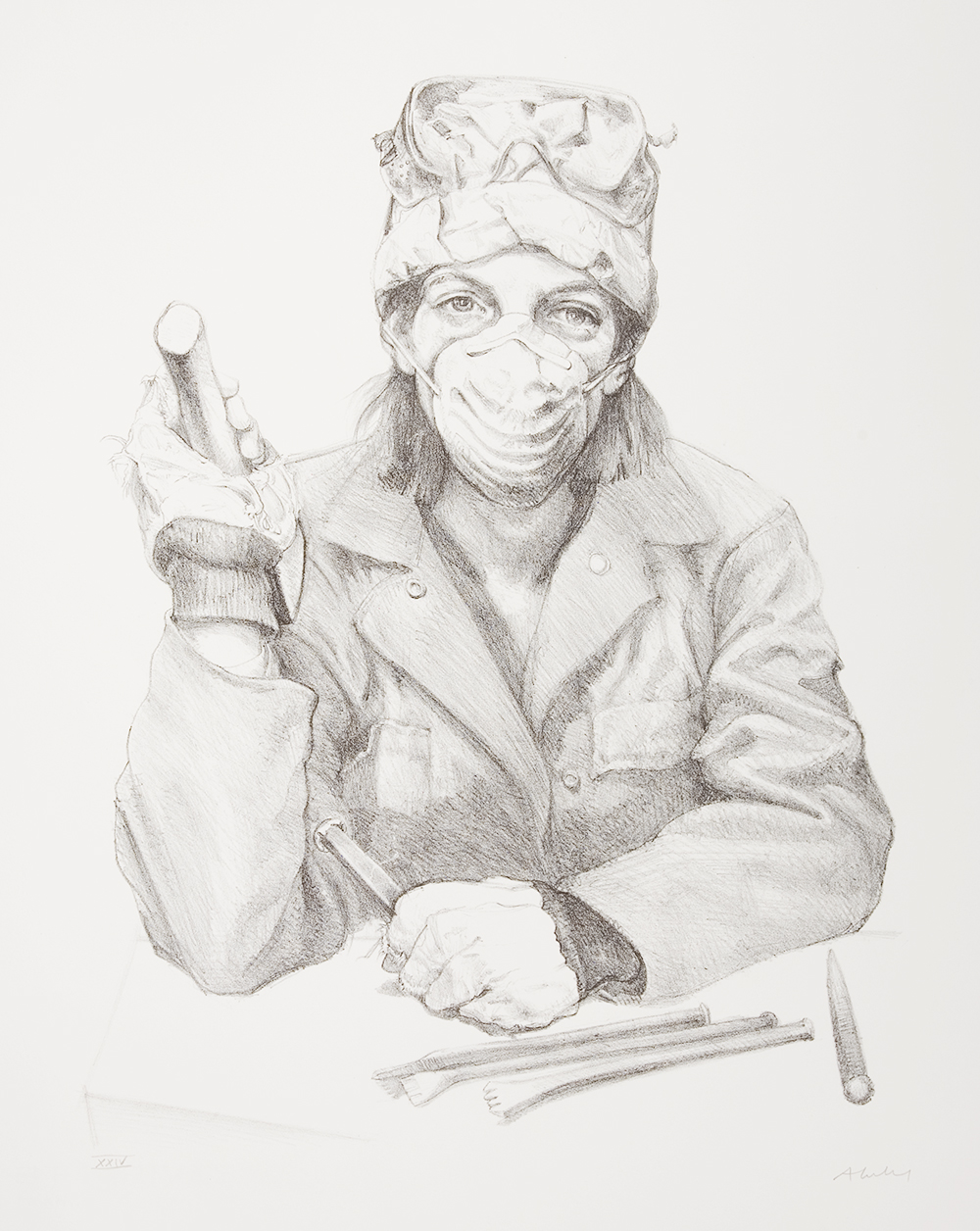
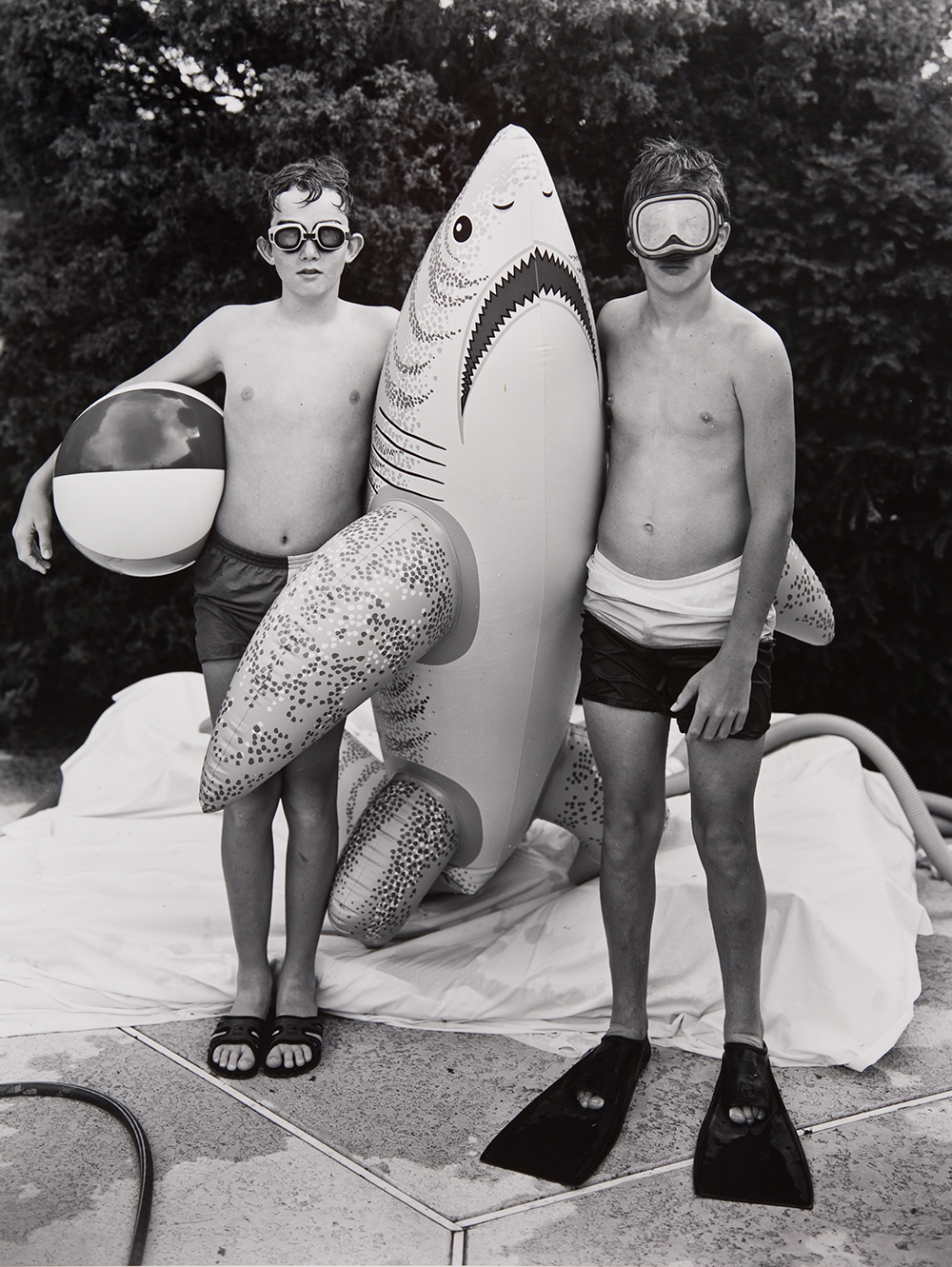
Masks aren’t just for dress-up or disguise. They can also be used to protect you – these are called utilitarian masks. These two artworks both show masks that are used for protection. What do these masks protect the wearer from?
Masks can also tell us about the activity each person is doing. In other words, these protective masks identify the person: a sculptor and a swimmer. You can make a mask that looks like you are doing an activity. What kind of activity would you choose?
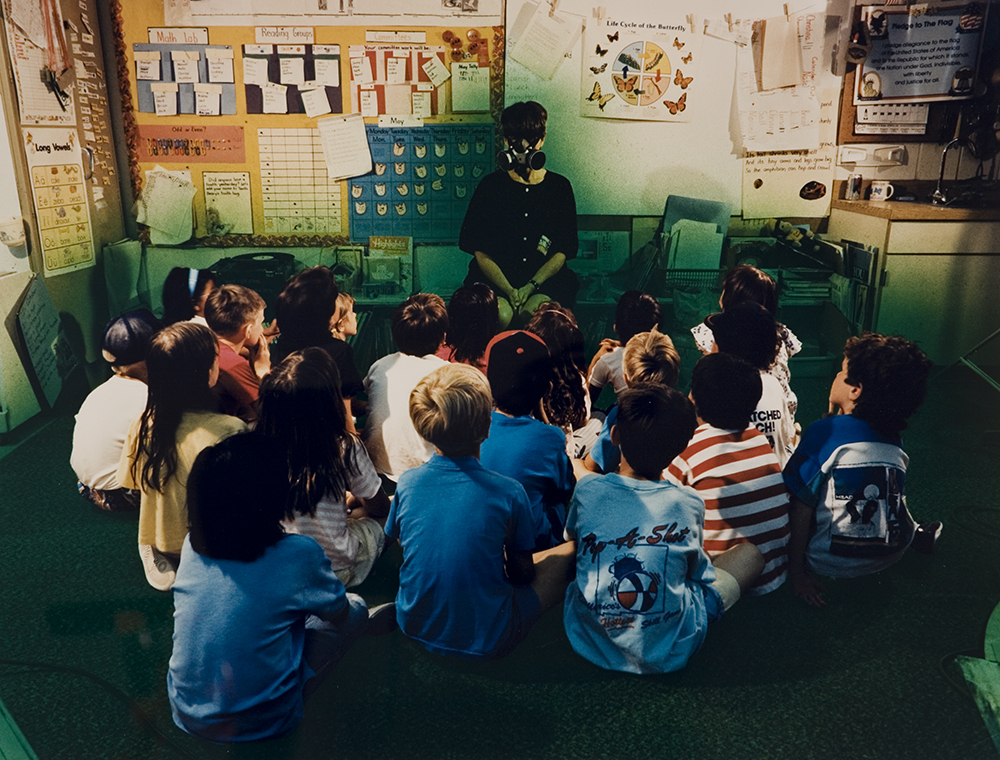
Sometimes masks can be symbols. A symbol is an object that stands for something else. Look closely at this photograph by Patrick Nagatani. Do you see the mask that the teacher is wearing? Why would she be wearing a gas mask? Do you see any gas or other toxic air in the classroom? Why aren’t the children wearing masks? What do you think this gas mask is a symbol for? What message does this photograph say to you?
Think about the mask you are going to make. If you want, you can make it symbolic, too. What message would you want to say with your mask?
But where are the women artists? Like many US art museums, the UMFA’s collection lacks diversity and only presents a limited view of art history. The vast majority of artists represented in our collection are men. While this reflects historic collecting practices, today the UMFA is working to diversify the collection to more accurately reflect the great variety of creative production past and present.
Let’s Make a Mask
Now that you’ve found some inspiration in UMFA artwork showing masks, you can make your own with stuff you find around your house. There is no single way to make a mask, so use your imagination to create something unique.
What kind of mask would you like to make? Will it reflect your personality? Change your look? Hide your identity? Will it be a mask used for a play, to protect you, or for a celebration? Think about what kinds of colors, shapes, and textures you will use on your mask.
Here are a few ideas of materials and ways you can make your mask:
- Cardboard
- Paper
- Milk carton
- Egg carton
- Colored paper
- Magazines
- Old clothes or rags
- Pipe cleaners
- Plastic bottles
Other helpful items:
- scissors
- ruler
- markers or crayons
- glue
- stapler
- string to tie the mask on
Below are pictures as inspiration for some masks you could make. Remember, you can make your mask in any way you want. Be creative!
Third Saturdays are funded by Salt Lake County Zoo, Arts & Parks

